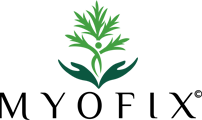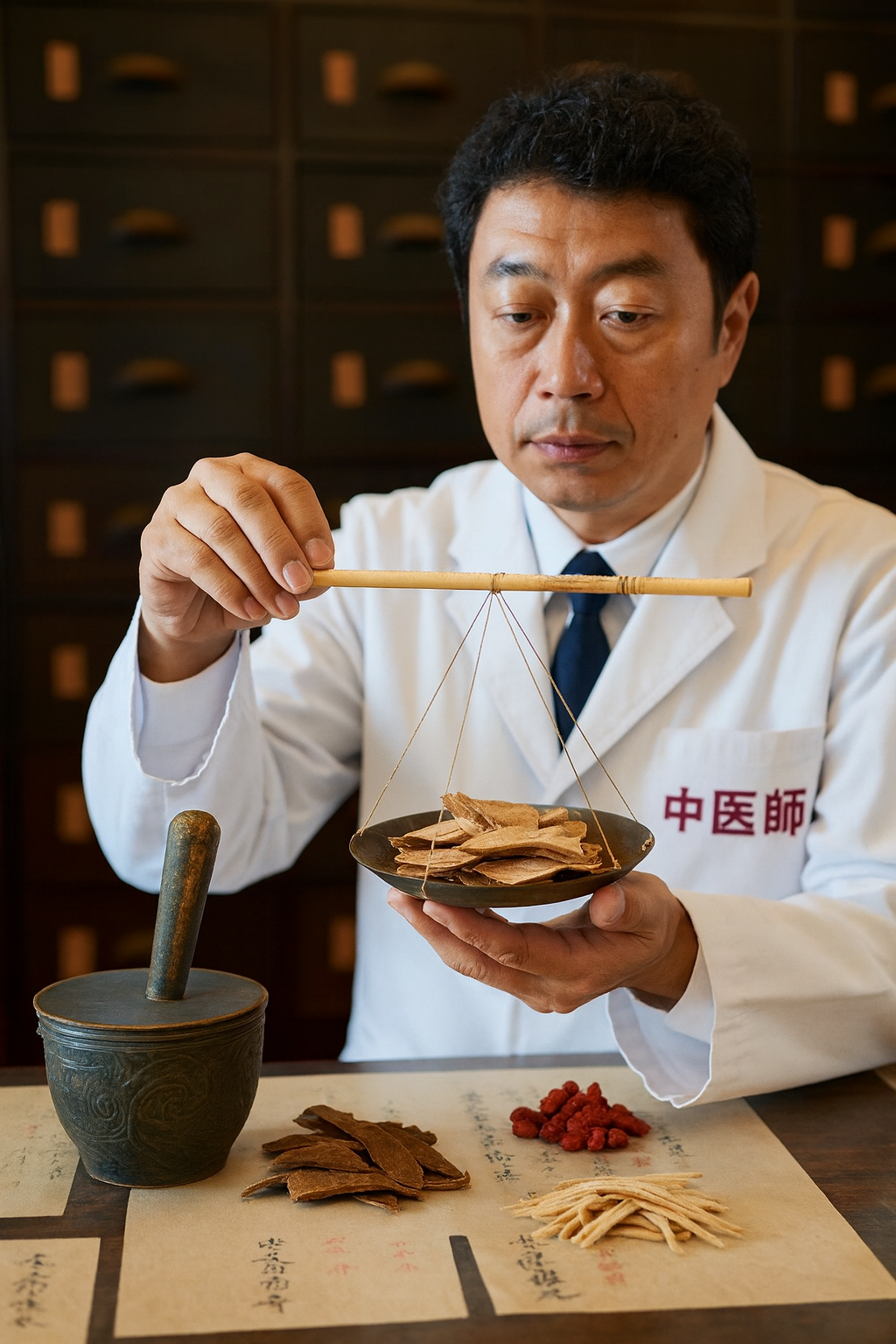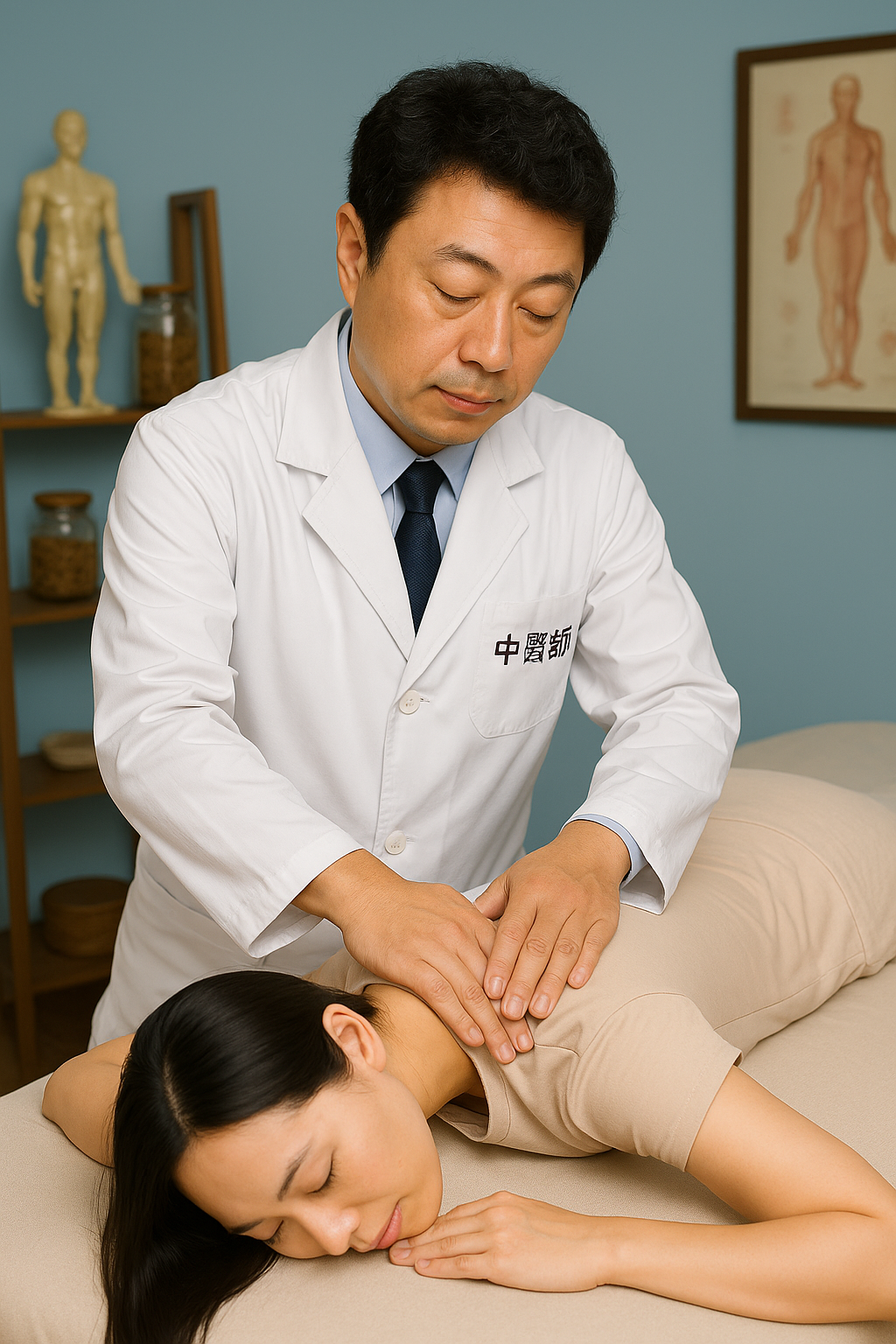what is Traditional Chinese Medicine?
Traditional Chinese Medicine (TCM) is a holistic healthcare system with thousands of years of history, focused on restoring balance and harmony within the body. It is based on the flow of qi (vital energy) along meridians and aims to correct imbalances through various natural therapies.
Common TCM remedies include:
health cultivation
A holistic practice that nurtures Jing (Essence), Qi (Energy), and Shen (Mind/Spirit) through mindful movement, breathing, and internal balance work. It enhances vitality, clarity, and long-term wellness.
🌿 HERBAL MEDICINE
Natural Healing Through Traditional Chinese Herbs
Traditional Chinese Herbal Medicine is an essential part of TCM, using the healing properties of natural plants, roots, berries, seeds, and minerals to restore balance within the body. Each herb has its own energetic nature and therapeutic action—warming, cooling, nourishing, invigorating, detoxifying—and when combined correctly, they work synergistically to support the body’s natural healing processes.
At Myofix, all herbal prescriptions are personally formulated by our AHPRA-registered TCM practitioner, Dr. Wu Xiao Hua, based on a thorough consultation, tongue diagnosis, and pulse reading. Every formula is customised to match your unique body constitution, symptoms, and overall health goals.
🌿 Chinese Massage
(Tui Na 推拿)
Traditional Chinese medical bodywork for pain relief, circulation, and energy balance.
Tui Na (推拿) is one of the oldest hands-on therapies in Traditional Chinese Medicine. It combines rhythmic kneading, rolling, pressing, stretching, and acupressure techniques to correct imbalances, release tension, and restore the proper flow of Qi (vital energy) throughout the body.
Unlike general relaxation massage, Tui Na is a clinical therapeutic modality used to address specific health concerns. By working along meridians and acupoints, Tui Na targets both the muscles and the deeper energetic pathways, supporting both physical and internal organ health.
🌱 How Tui Na Works
Tui Na uses a combination of manual techniques to:
✔ Stimulate Qi and blood circulation
✔ Release muscle tension and stiffness
✔ Clear blockages in meridians
✔ Improve joint mobility and flexibility
✔ Support organ function through meridian pathways
✔ Regulate the nervous system for stress relief
Each session is personalised, focusing on the patient’s symptoms, constitution, and underlying imbalances diagnosed through TCM assessment.
Acupuncture FAQ
What conditions can acupuncture treat?
Acupuncture is commonly used for pain relief (e.g., back pain, headaches), stress reduction, and various health issues such as digestive problems, respiratory disorders, menstrual cramps, and infertility. In 2002, the World Health Organisation (WHO) identified 28 conditions for which acupuncture was found to be effective and nearly 100 other conditions where there was a therapeutic effect.
Is there scientific evidence supporting acupuncture?
A review of clinical trials published by WHO in 2002 states that acupuncture has therapeutic effects on more than 100 conditions.
Are there any side effects of acupuncture?
When performed by a trained professional, acupuncture is generally safe with minimal side effects. Some people might experience minor bruising, soreness, or light bleeding at needle sites.
Who should avoid acupuncture?
People with bleeding disorders or who are taking blood thinners should consult their doctor before trying acupuncture. Pregnant women should inform their practitioner, as certain acupoints should be avoided during pregnancy.
Is acupuncture painful?
Most people experience minimal discomfort when the needles are inserted. Some may feel a slight pinch, tingling, or a dull ache, but the sensation is generally mild and temporary.
What happens during an acupuncture session?
The practitioner will assess your condition and insert needles into specific acupoints. You will lie still for 20-30 minutes with the needles in place. The practitioner may manipulate the needles or apply heat or electrical stimulation.
How should I prepare for an acupuncture session?
Wear loose, comfortable clothing. Avoid heavy meals or vigourous exercise before the session. Inform the practitioner of any medications, allergies, or health conditions.
What should I do after an acupuncture session?
Rest and stay hydrated. Avoid strenuous activities, alcohol, and spicy foods between the sessions. Pay attention to how your body responds and inform your practitioner of any significant changes.
How many acupuncture sessions will I need?
The number of sessions varies depending on the condition being treated, its severity, and the individual’s response to treatment. Some conditions may improve after a few sessions, while chronic issues might require ongoing treatment.
How do I find a qualified acupuncture practitioner?
Look for a licenced and certified acupuncturist. You can check professional organisations like the Australian Health Practitioner Regulation Agency (AHPRA).
Is acupuncture covered by insurance?
Coverage varies by insurance plan and provider. Some health insurance plans cover acupuncture, especially for pain management and certain medical conditions. Check with your insurance provider for details.
Can acupuncture be combined with other treatments?
Yes, acupuncture is often used alongside other treatments, such as medication, physical therapy, or chiropractic care, to enhance overall effectiveness.
Can acupuncture help with mental health issues?
Acupuncture is often used as a complementary therapy for mental health issues such as anxiety, depression, and stress. It is believed to help by promoting relaxation and balancing the body’s energy.
Please Note
If the therapist feels that the session has turned sexual for the client, male or female, he/she may stop the session to clarify the client’s intent and may decide to end the session immediately.



